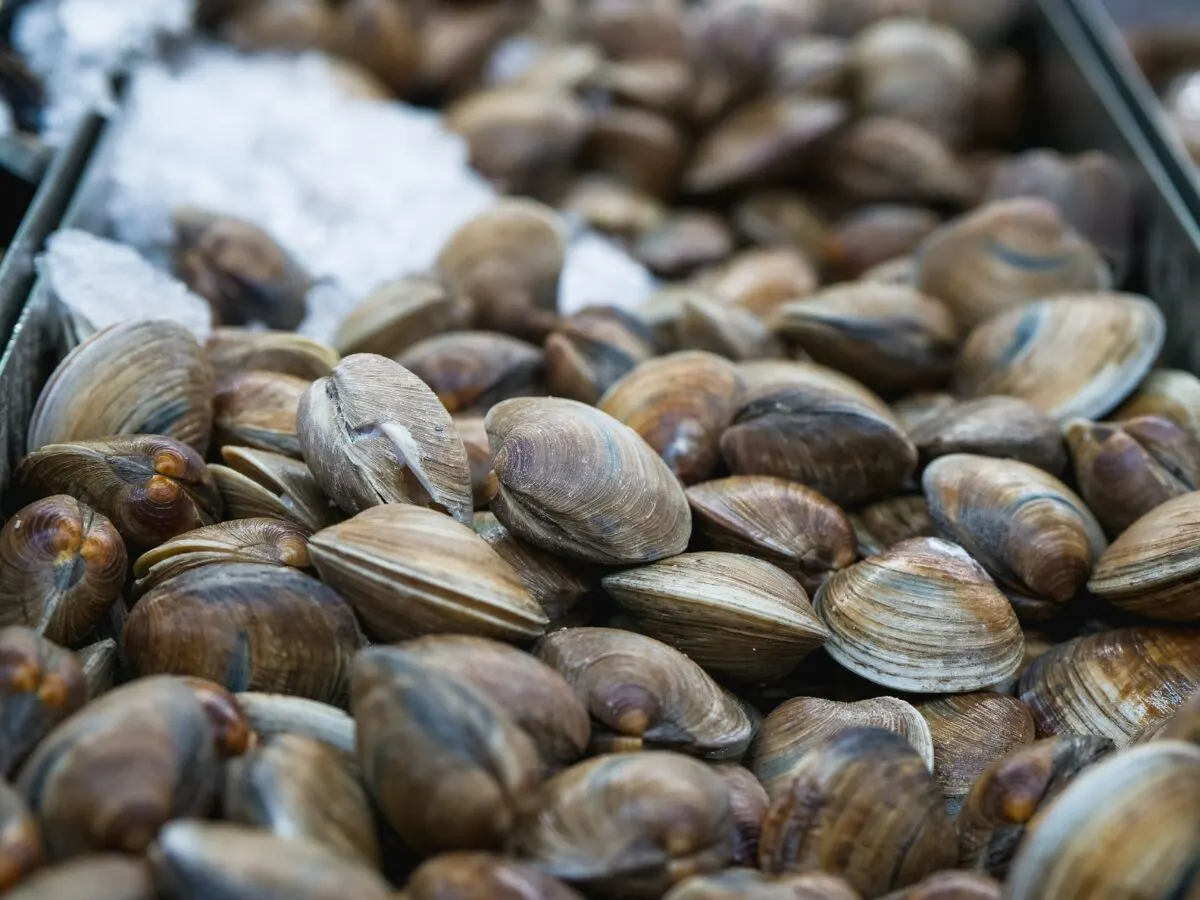Join us on a captivating journey into the past and uncover the incredible story of Ming – once the oldest living animal on record. This quahog clam lived for more than half a millennium, before their life was cut short.
Read to the end to watch the video on quahog clams!
Key Points
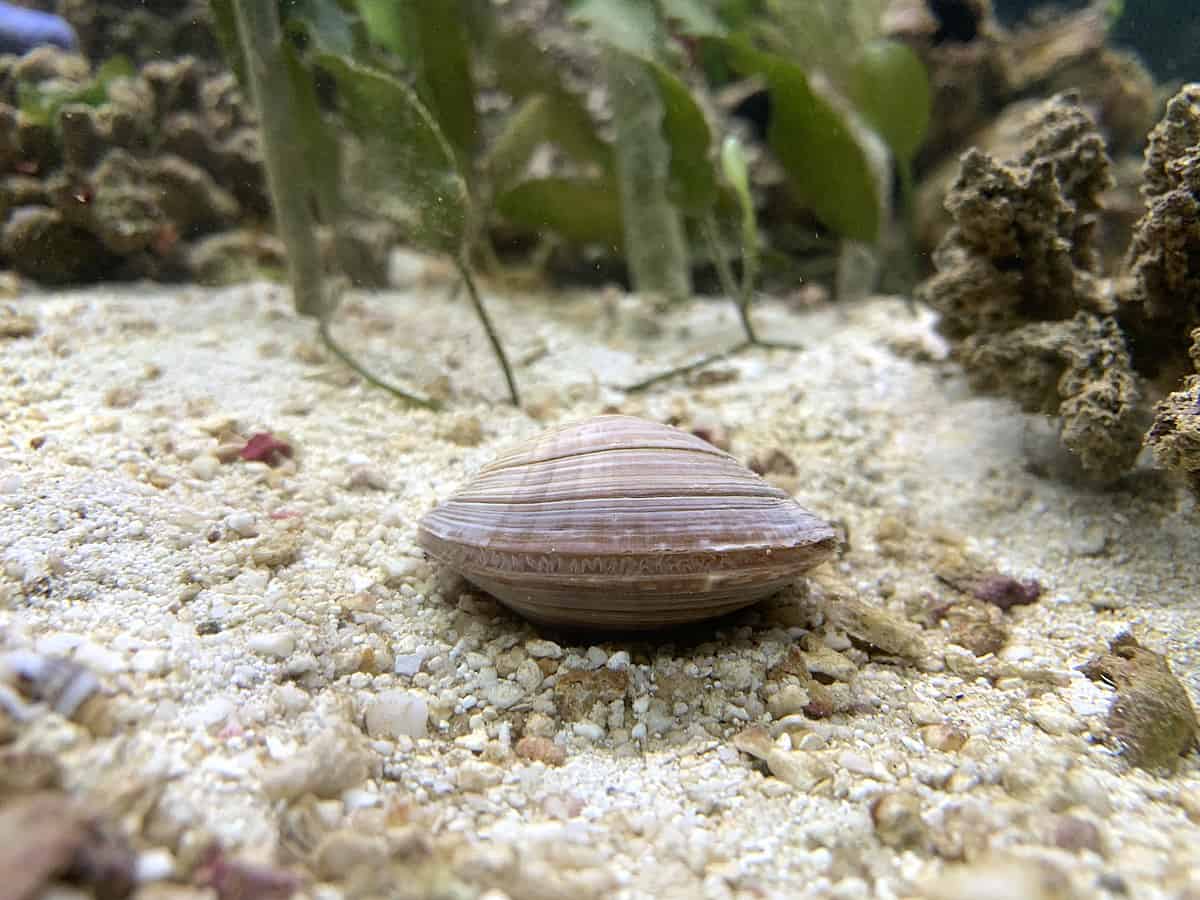
- A Quahog clam named Ming was the oldest living animal, estimated to have lived for over 500 years.
- A complex interplay of genetic and environmental factors, including genetics, environment, metabolism, reproductive strategy, and size, influences animals‘ age.
- Quahog clams are filter feeders essential in controlling algae and other potentially harmful microorganisms in their environment.
The Tragic Tale of a Quahog Clam Named Ming
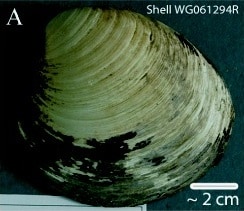
As a wildlife enthusiast, you may be intrigued to learn about the quahog clam named Ming, which has gained fame for being the oldest living animal ever discovered. Ming was an exceptional specimen, estimated to have been born around 1499 during the Chinese Ming Dynasty. It was found by a team of researchers in 2006 while studying the age of quahog clams.
To estimate Ming’s age, researchers counted the number of rings on its shell, similar to how you would count the rings on a tree. The initial estimate of Ming’s age was around 405 years old, making it the oldest known animal at the time.
Sadly, Ming died shortly after being discovered due to an accidental killing by researchers while trying to determine its age. Nonetheless, Ming’s legacy lives on in the scientific knowledge gained from its discovery and the fascination it has sparked about the incredible lifespan of some of the Earth’s oldest creatures.
The Oldest Quahog Clam
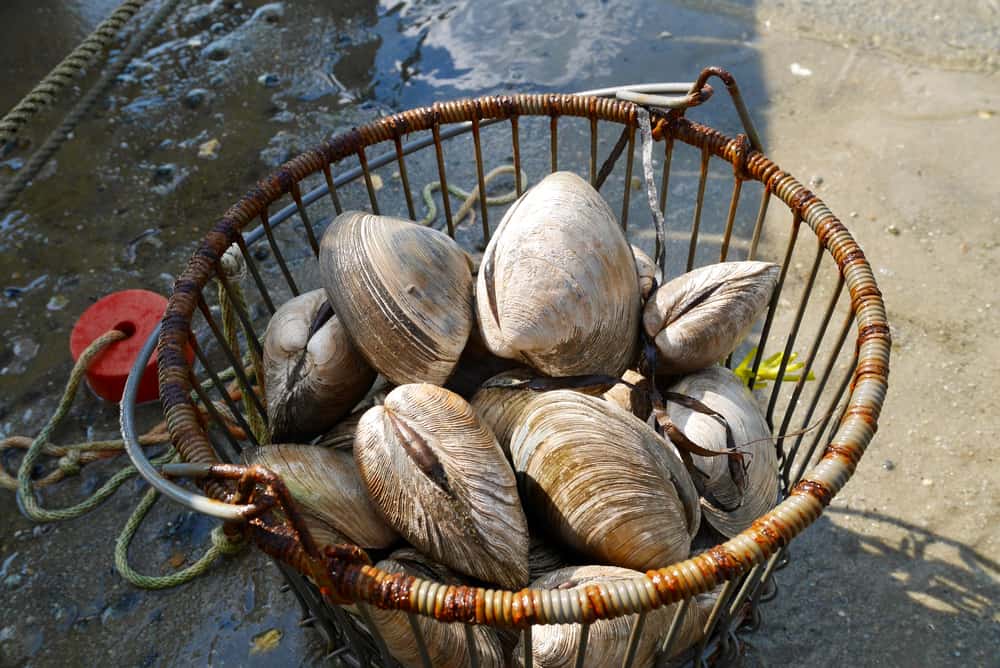
In 2013, a quahog clam was discovered off the coast of Iceland that was even older than Ming, estimated to be around 507 years old, making it the oldest known living animal ever found.
Ming and the other specimen remain fascinating and essential specimens for wildlife enthusiasts and researchers. Their ages have provided valuable insights into quahog clams’ lifespan and growth rates, an important commercial species and food source in many parts of the world.
Quahog Clams
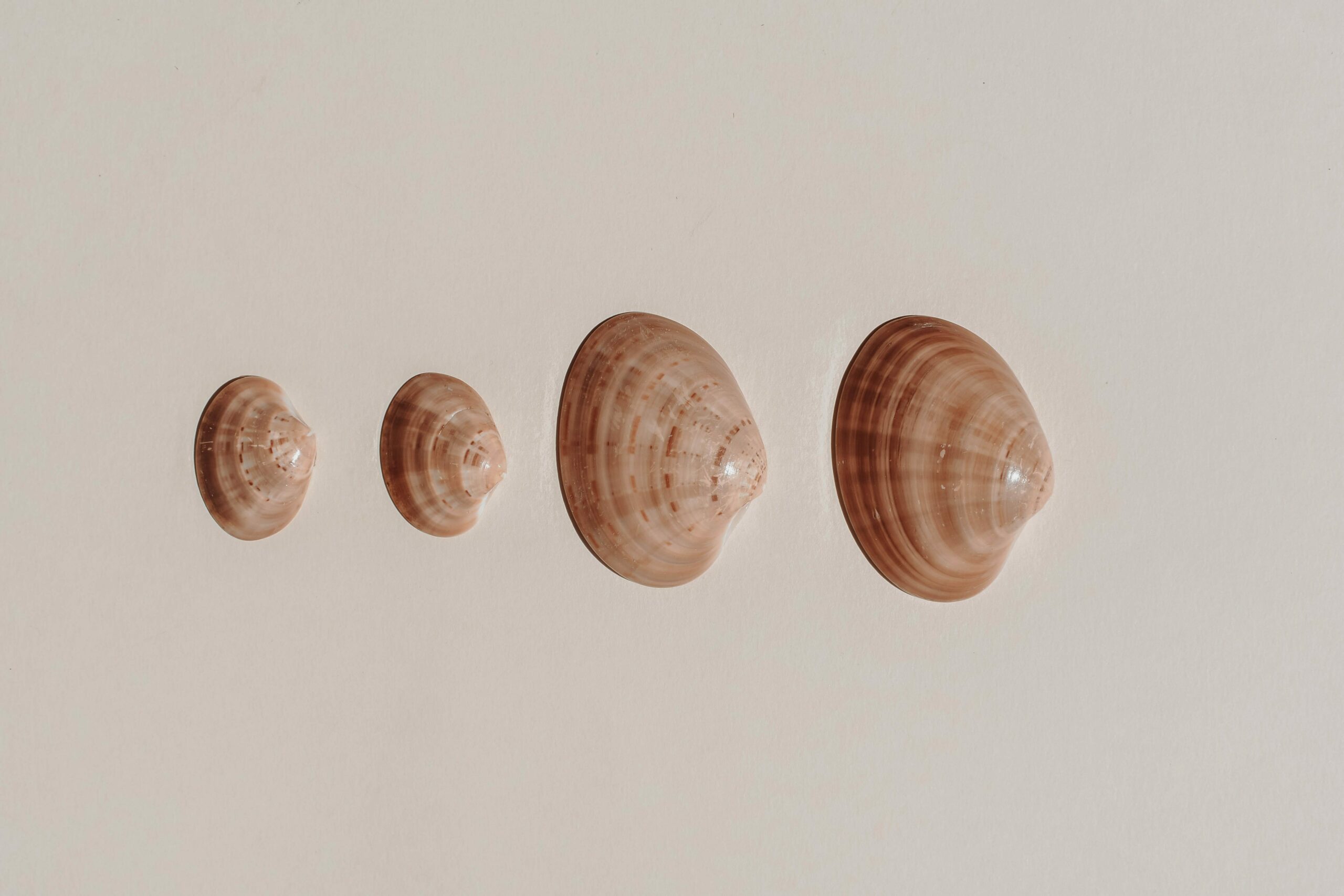
As a wildlife enthusiast, one species that may pique your interest is the Quahog clam. These clams are hard-shelled clam native to the eastern coast of North America and are an important commercial species and food source in many parts of the world.
Quahog clams are notable for their long lifespan, with some individuals living for over 500 years. They are slow-growing and can take up to 8 years to reach maturity. This longevity has made them an essential subject of research for biologists seeking to understand the aging process and the impact of environmental factors on the lifespan of animals.
Diet
In addition to their lifespan, Quahog clams are also interesting from an ecological perspective. They are filter feeders, meaning they filter water to extract plankton and other tiny organisms for food. This makes them an essential part of the food chain, as they help to control algae and other potentially harmful microorganisms in their environment.
In Culture & Tradition
Quahog clams also play an essential role in the cultural history of many indigenous communities along North America. These communities have harvested them for thousands of years, and they are an essential part of their traditional cuisine and cultural practices.
Conservation
However, Quahog clams face many threats in the modern era. Overfishing, pollution, and habitat destruction have all affected their populations.
As a wildlife enthusiast, it’s important to advocate for conservation measures to protect this critical species for their ecological value and the cultural heritage of the communities that have depended on them for generations.
What Makes Some Animals Live Longer Than Others?
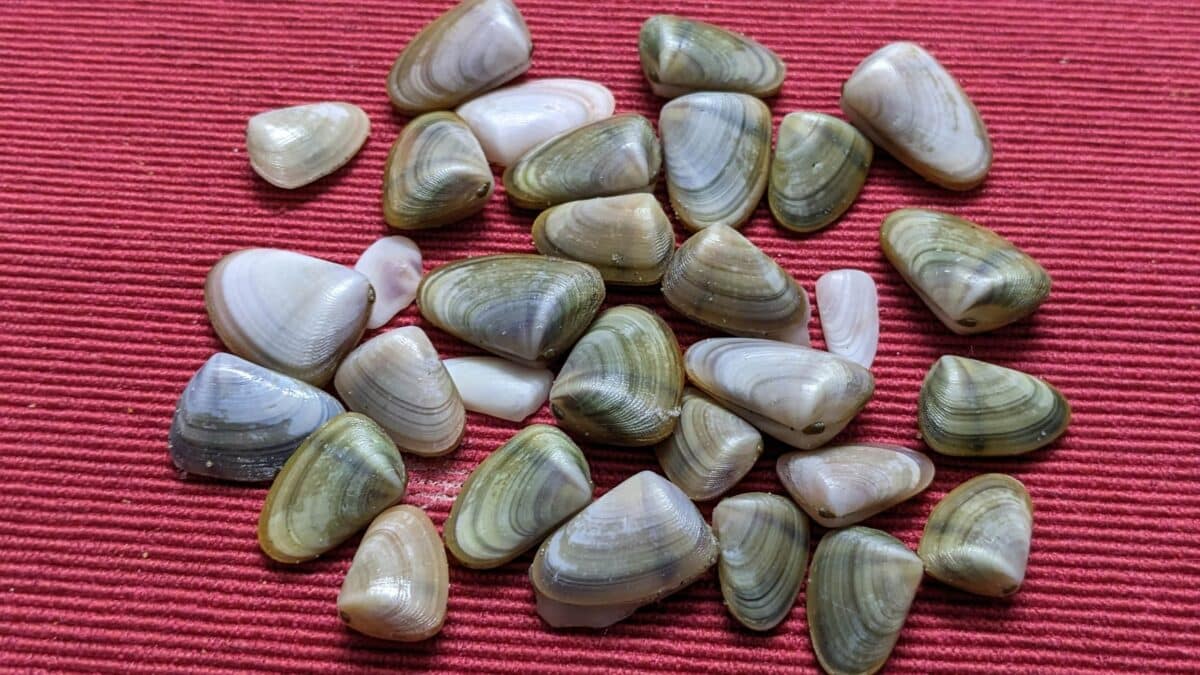
The lifespan of animals varies significantly among different species. While the exact reasons why some animals live longer than others are not fully understood, several factors have been identified as playing a role.
Genetic factors
Some animals are genetically programmed to live longer. For example, specific turtles and whales have been found to have genes promoting longevity.
Environmental factors
The environment in which an animal lives can have a significant impact on its lifespan. Animals living in areas with lower pollution levels and higher quality food and water tend to live longer. Additionally, some animals can adapt to extreme environmental conditions, such as drought or cold. This may allow them to live longer.
Metabolism
The rate at which an animal’s body processes energy, known as its metabolism, can also affect its lifespan. Animals with slower metabolisms tend to live longer than those with faster metabolisms.
Reproductive strategy
Some animals invest heavily in reproduction, producing many offspring in a short amount of time, which can shorten their lifespan. Other animals have a slower reproductive strategy, producing fewer offspring over a more extended period, which may allow them to live longer.
Size
A general trend is that larger animals live longer than smaller animals. This is thought to be due to larger animals having slower metabolisms and less susceptibility to predation and environmental stressors.
Overall, lifespans are influenced by a complex interplay of genetic and environmental factors. While we may not fully understand why some animals live longer than others, studying these factors can help us better understand the aging process. Additionally, it may lead to new treatments and therapies for age-related diseases in humans.
The Bottomline
In conclusion, understanding the lifespan of animals can provide valuable insights into their ecology, biology, and cultural significance. The quahog clam, has contributed significantly to our knowledge of animal aging and growth rates.
As wildlife enthusiasts, we are responsible for advocating for conservation measures that protect and preserve the natural world and its fascinating creatures. Understanding the complex factors contributing to an animal’s lifespan is crucial to achieving this goal.
Next up in the animal-news world:
- Lord of the Rings Inspires New Butterfly Genus Named “Saurona”
- The Record-Breaking Size of the Largest Orca Whale
- Mom and Daughter Takes Hen and Chicks to the Store in Backpacks - April 24, 2024
- Watch: German Shepherd thinks he’s dying at the grooming salon - April 24, 2024
- Watch: Cats Meet Babies for the First Time - April 24, 2024

